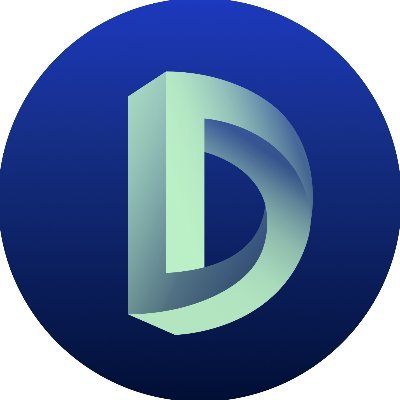Ethereum's Fusaka upgrade is scheduled for December 3, targeting the biggest bottleneck in crypto: data availability for Layer 2s.
PeerDAS, blob scaling, and gas limit increases could unlock 10x throughput without overloading nodes.
Here's what's actually changing 🧵

Current state: Validators must store all blob data for ~18 days.
At 6 blobs per block, that’s roughly 40–100 GB of storage depending on usage.
Post-Fusaka: Validators store only their sampled shards.
Hardware load drops, making the operation lighter and more decentralized.
Blob capacity is expanding through new Blob Parameter-Only (BPO) forks.
Instead of a static limit (6/9 blobs today), developers can raise capacity incrementally after Fusaka, once performance data is in.
More blob space → cheaper data posting → lower L2 fees for users.

@hildobby The gas limit increases from 45M to 60M, with research suggesting the network can safely handle up to 150M.
The 16.7M per-transaction gas cap helps prevent chain spamming and reduce gas fee spikes during extreme congestion periods.
What this means for Layer 2s:
@arbitrum, @Optimism, @base, and other rollups can batch significantly more transactions per blob. Lower data posting costs translate directly into reduced fees for end users.
The rollup-centric vision gets its biggest infrastructure upgrade yet.
Understanding Fusaka in non-technical terms:
Ethereum’s upcoming Fusaka upgrade introduces a smarter way to distribute data across the network.
Instead of every node downloading all the data (which wastes bandwidth), a system called PeerDAS lets nodes share the work, i.e. each node only stores a small piece of the total data.
Think of it like dividing a big file among many people: no one carries the whole thing, but together they keep it safe and verifiable.

But Fusaka isn't just about scaling - it includes UX improvements too.
Deterministic proposer lookahead enables preconfirmations, while secp256r1 support brings hardware wallet integration via Apple Secure Enclave and Android Keystore.
Passkeys for Ethereum accounts, essentially.
Timeline:
→ Holesky testnet: Oct 1 (live)
→ Sepolia testnet: Oct 14 (live)
→ Hoodi testnet: Oct 28
→ Mainnet target: Dec 3
Plus a 4-week bug bounty with $2M in rewards for security researchers.
Testing is comprehensive before mainnet deployment.
10.458
125
Il contenuto di questa pagina è fornito da terze parti. Salvo diversa indicazione, OKX non è l'autore degli articoli citati e non rivendica alcun copyright sui materiali. Il contenuto è fornito solo a scopo informativo e non rappresenta le opinioni di OKX. Non intende essere un'approvazione di alcun tipo e non deve essere considerato un consiglio di investimento o una sollecitazione all'acquisto o alla vendita di asset digitali. Nella misura in cui l'IA generativa viene utilizzata per fornire riepiloghi o altre informazioni, tale contenuto generato dall'IA potrebbe essere impreciso o incoerente. Leggi l'articolo collegato per ulteriori dettagli e informazioni. OKX non è responsabile per i contenuti ospitati su siti di terze parti. Gli holding di asset digitali, tra cui stablecoin e NFT, comportano un elevato grado di rischio e possono fluttuare notevolmente. Dovresti valutare attentamente se effettuare il trading o detenere asset digitali è adatto a te alla luce della tua situazione finanziaria.




